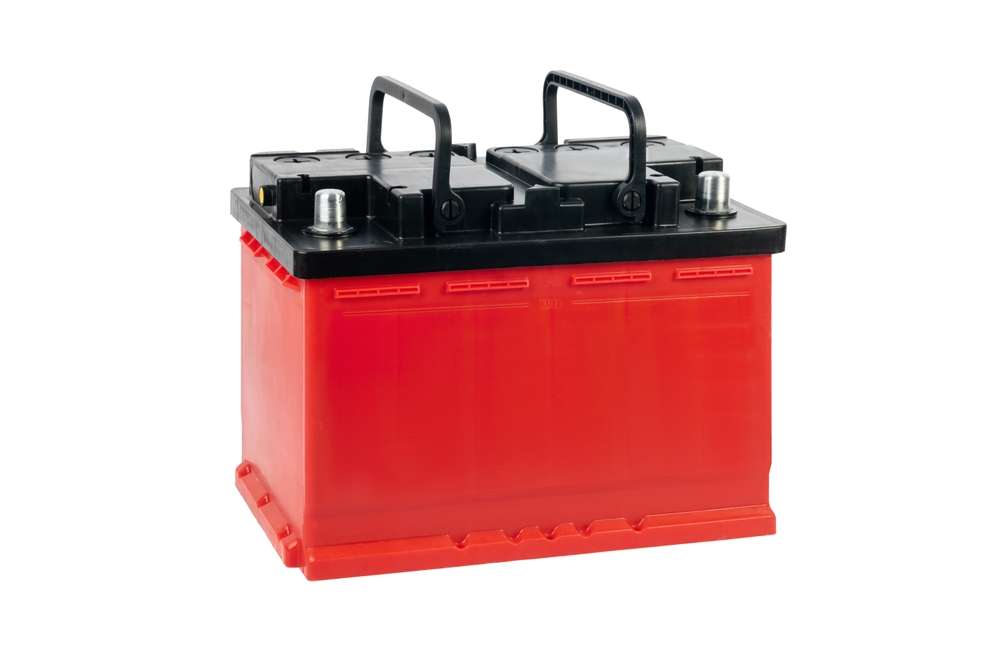Long-term storage preparation to prevent common mechanical issues
Preparing a vehicle for long-term storage reduces the risk of mechanical problems when it returns to regular use. Proper steps—covering maintenance checks, diagnostics, brakes, tires, battery care, and fluid protection—help preserve systems such as the engine, cooling, and transmission. This overview explains practical, non-technical actions and considerations for gasoline, diesel, and hybrid vehicles before extended downtime.

When a vehicle is set aside for months rather than days, degradation processes that are normally slowed by regular use can accelerate. Fuel can stale, seals can dry, batteries can discharge, and tires can develop flat spots. Addressing maintenance items, running simple diagnostics, and stabilizing fluids reduces the likelihood of corrosion, gasket failure, and other common mechanical issues. The following guidance covers key systems—brakes, tires, battery, charging, inspection routines, engine and cooling protection, and transmission or hybrid-specific considerations—so you can return a vehicle to service with fewer surprises.
What maintenance and inspection should you perform?
Start with a thorough inspection and routine maintenance tasks. Change engine oil and filter if the next run of service would fall within the storage period; fresh oil reduces the risk of contaminants settling and causing corrosion. Top up windshield washer fluid and brake fluid, and inspect belts and hoses for cracks or deterioration. Record mileage and note any pre-existing issues. If possible, have a qualified technician or local services perform a multi-point inspection to catch items that are not obvious during a visual check. Proper documentation of the vehicle’s condition helps diagnose issues after storage.
What diagnostics help before storage?
Run onboard diagnostics or a scan tool to clear and record any fault codes and to ensure there are no active errors. Address check-engine lights and stored trouble codes rather than deferring them. Verify that warning systems like ABS and airbag indicators are not active. For modern vehicles, confirming that software and firmware are up to date can prevent unexpected behaviors after a long idle period. If you don’t have diagnostic equipment, many local services offer a basic diagnostic check for a modest fee, which can save time and costs later.
How should you prepare brakes and tires?
For brakes, avoid parking with the parking brake engaged for extended periods; consider using wheel chocks and placing the transmission in park instead to prevent the parking brake from seizing to the rotor. If the vehicle must remain parked on an incline, lightly set the parking brake but inspect it before use. Inflate tires to the manufacturer’s recommended pressure to reduce the chance of flat spotting. If storage will exceed several months, consider elevating the vehicle on jack stands or rotating the tires periodically. Keep tires out of direct sunlight and away from petroleum-based products to prevent cracking.
How to care for the battery and charging systems?
A discharged battery is one of the most common causes of post-storage trouble. Remove the battery and store it in a cool, dry place if you can, or connect a maintenance charger or smart trickle charger designed to prevent overcharging. For hybrid vehicles, consult the owner’s manual: some hybrid systems have specific procedures for long-term storage and may require professional handling for the high-voltage battery. Disconnecting a conventional battery’s negative terminal can reduce parasitic drains, but be aware this can reset vehicle electronics. Check charging port covers and connectors for corrosion and protect them as needed.
What engine and cooling precautions are important?
Fill the fuel tank and add a fuel stabilizer if the vehicle will be stored for more than a month; a full tank reduces condensation inside the fuel system. Run the engine briefly after adding stabilizer to circulate treated fuel. Use an engine fogging oil or follow manufacturer guidance for long-term preservation on older engines if appropriate. Drain or replace coolant based on its condition and the expected storage duration; antifreeze protects against corrosion and freezing, but old coolant can promote damage. Seal any openings where pests might enter the intake or exhaust. Store the vehicle in a dry, ventilated space to minimize moisture-related deterioration.
How should transmission and hybrid systems be handled for efficiency and longevity?
Automatic and manual transmissions benefit from fresh fluid if current service intervals are approaching; contaminated fluid left in idle systems can accelerate wear. For vehicles with driveline components, consider rotating the wheels slightly every few weeks to relieve load on seals. Hybrid systems require attention to both the internal combustion engine and high-voltage components—refer to the owner’s manual for manufacturer-recommended storage modes. Maintaining nominal state-of-charge for hybrid batteries and following specified procedures preserves efficiency and reduces the chance of battery imbalance or degradation during inactivity.
Long-term storage preparation focuses on reducing chemical breakdown, preventing mechanical seizure, and maintaining electrical health. Regularly scheduled checks during storage—looking for leaks, pests, or moisture—and following manufacturer-specific recommendations will minimize surprises when returning a vehicle to service. A careful inspection and basic maintenance before and after storage preserves mechanical systems across conventional and hybrid vehicles and supports operational efficiency over time.





